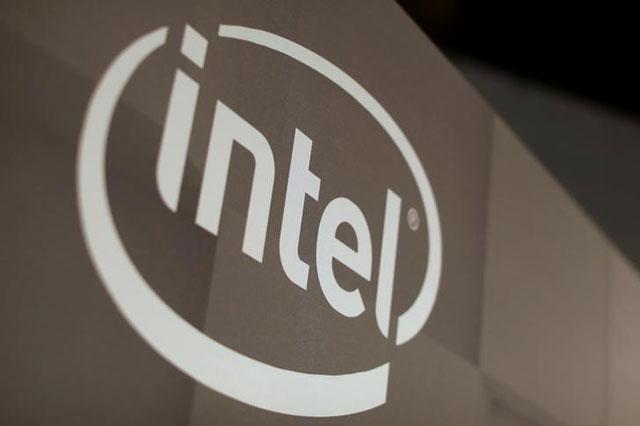You are here
The core issue
By Jean-Claude Elias - Jul 18,2019 - Last updated at Jul 18,2019
Some call it the brain, others the heart, some refer to it as the core. The fact is that a computer’s processor or CPU (Central Processing Unit) is still the essential element in any system, and by far the most important one in machines and various digital, computer-like devices of all sizes and sorts.
Several companies manufacture computer peripherals of all sorts, from hard disks to printers, scanners and monitors. Millions of people in the world write software programmes, or apps in some cases, as fashion has it now. Also, millions design and develop websites. Only a very limited number of companies can make CPUs; and all the other aspects of technology in the world would be nothing without the processor.
When it comes to making the essential chips, only a handful of companies are able to design and manufacture CPUs and have the required human, technical and financial resources to continue doing it through the years. To say that they rule the world of Information and Communications Technology (ICT) is hardly an exaggeration. By extrapolating one would even say that they rule the world.
At the top reigns Intel, with an impressive 80 per cent of the world’s market share, considering all computers processors made. AMD follows with 20 per cent. These are the average figures for the last 12 months.
In the news earlier this week, and according to cnet.com, “Intel packs 8 million digital neurons onto its brain-like computer. [ ] the company takes a notable step toward a digital brain.” As impressive as this sounds, the consumer has gotten familiar, not to say blasé, with similarly sensational news about ever more powerful CPUs every couple of year or so.
The name of the game has not changed. It is all about being able to do more, to run a greater number of applications at the same time, and to do it faster than the previous season. Now Intel’s well-known range of consumer-oriented CPUs (i.e. not servers), namely the i3, i5 and i7 are in their 10th generation. Intel also shines in the domain of server computers with its Xeon CPU range that address the requirement of high-demand, data-intensive machines.
There are naturally a few other manufacturers, but they mainly target mobile devices, graphics processors (GPUs) and wireless hardware. These are ARM, Qualcomm, Huawei, Samsung and NVidia, to name only the main ones. Huawei, in particular, has excellent reputation in the field of professional wireless networking equipment, perhaps as much if not more than in the world of smartphones where the name is more often heard, thanks to the company’s aggressive advertising.
The CPU therefore is the element to start with when you are shopping for a computer, be it a desktop, a laptop or a mobile device. Getting the one that is right for you and for the applications you intend to use is critical. Of course you can then give your machine some extra boost, some vitamins, in the form of more central memory or a fast SSD disk, but they will only be, well… supplements. For the good health of your computer, the main diet, the core issue remains the CPU. Choosing the right one is like building your home on solid ground. The rest matters less.
Related Articles
The US government on Tuesday urged businesses to act on an Intel Corp.
Consider the following technical computer characteristics. A blazing Intel i7 processor at 3MHz, a massive 16GB of memory, a gigantic 1TB hybrid hard disk, superfast NVidia 2MB graphics, USB3.0 ports aplenty, a crystal-clear and sharp monitor with true colours, HDMI output, high definition sound and image, and last but not least, a BluRay player. This is not a dream-like checklist for a server machine for a large corporation but a humble though powerful modern-day laptop computer.
If sheer computer power processing is what you get your technology kicks from, the announcement this week of Intel’s latest X-Series process












